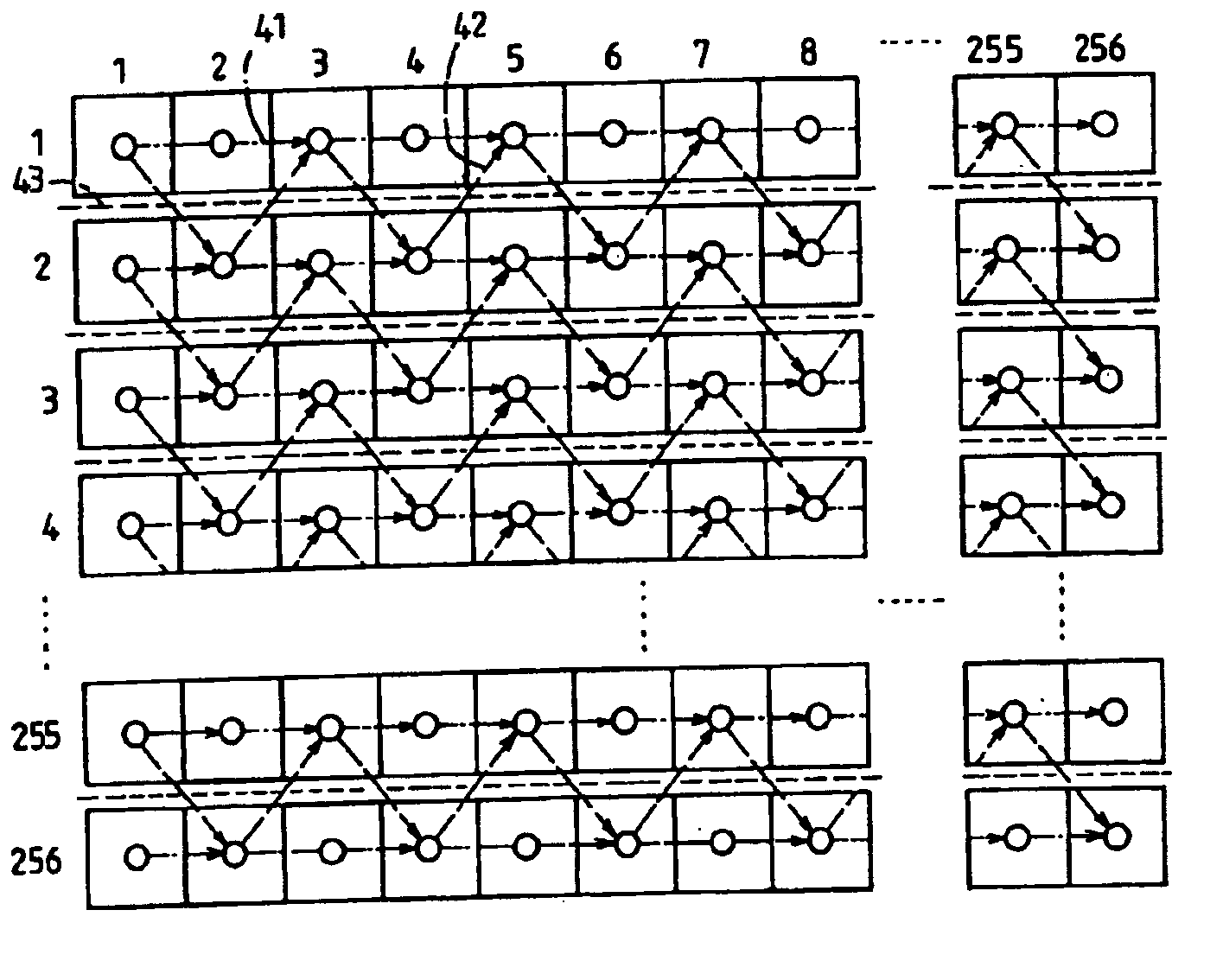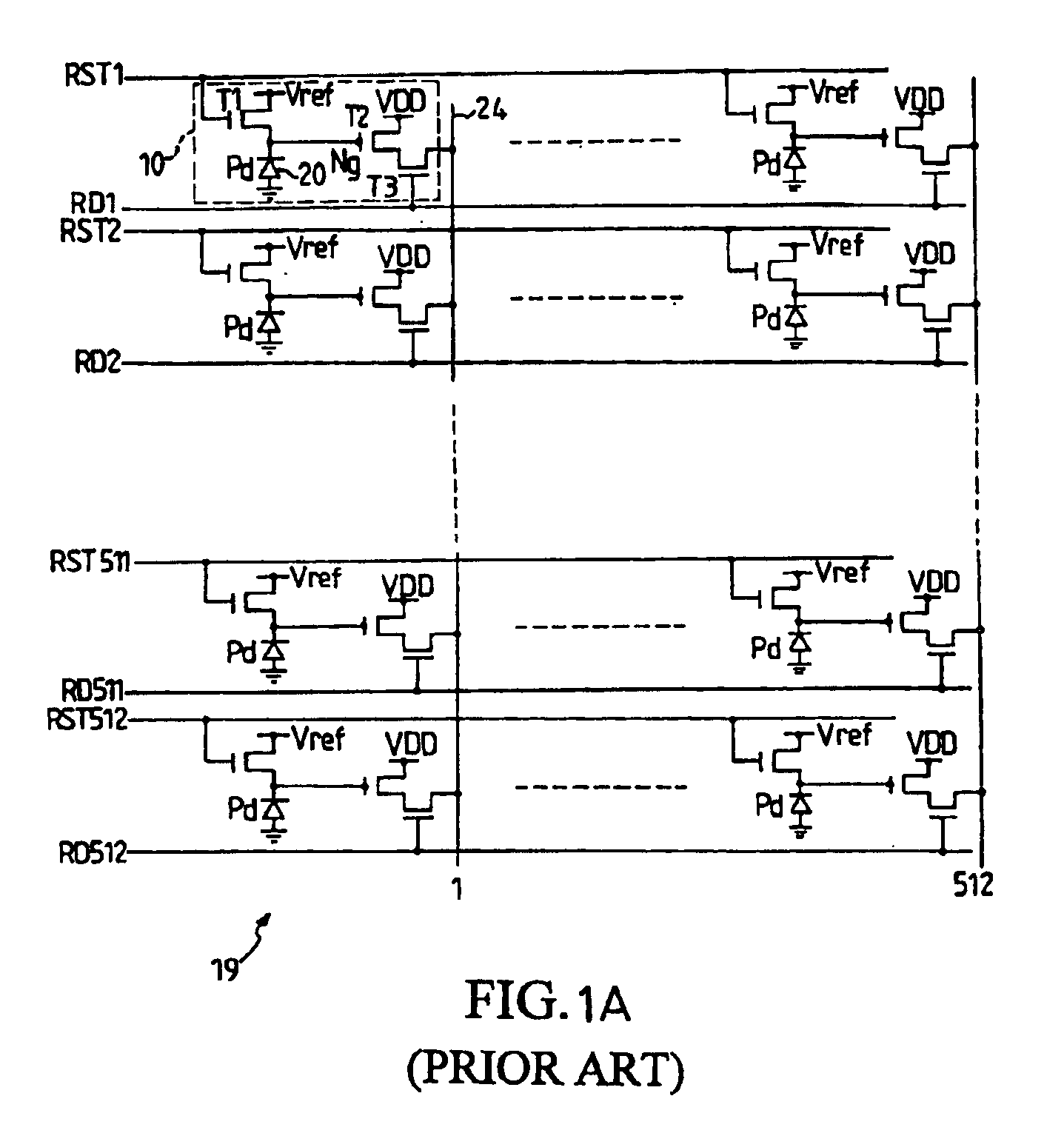Interlaced alternating pixel design for high sensitivity CMOS Image sensors
- Summary
- Abstract
- Description
- Claims
- Application Information
AI Technical Summary
Benefits of technology
Problems solved by technology
Method used
Image
Examples
Embodiment Construction
The present application now will be described more fully (hereinafter parenthesized with reference to the accompanying drawings), in which embodiments of the invention are shown. Although one of the embodiments illustrated relates to a CMOS image sensor application, those skilled in the art will appreciate that this invention may be embodied in many different forms set forth herein. These embodiments are provided so that this disclosure will be thorough and complete, and will fully convey the scope of the invention to those skilled in the art.
Reference now will be made in detail to the preferred embodiments of the present invention as illustrated in the accompanying drawings in which like reference numerals designate like or corresponding elements throughout the drawings.
FIG. 2A illustrates a CMOS image sensor array of 256 by 256 active pixels according to one preferred embodiment. Though the numbers of these pixels have been reduced for purposes of illustration, it should be unders...
PUM
 Login to View More
Login to View More Abstract
Description
Claims
Application Information
 Login to View More
Login to View More - R&D
- Intellectual Property
- Life Sciences
- Materials
- Tech Scout
- Unparalleled Data Quality
- Higher Quality Content
- 60% Fewer Hallucinations
Browse by: Latest US Patents, China's latest patents, Technical Efficacy Thesaurus, Application Domain, Technology Topic, Popular Technical Reports.
© 2025 PatSnap. All rights reserved.Legal|Privacy policy|Modern Slavery Act Transparency Statement|Sitemap|About US| Contact US: help@patsnap.com



